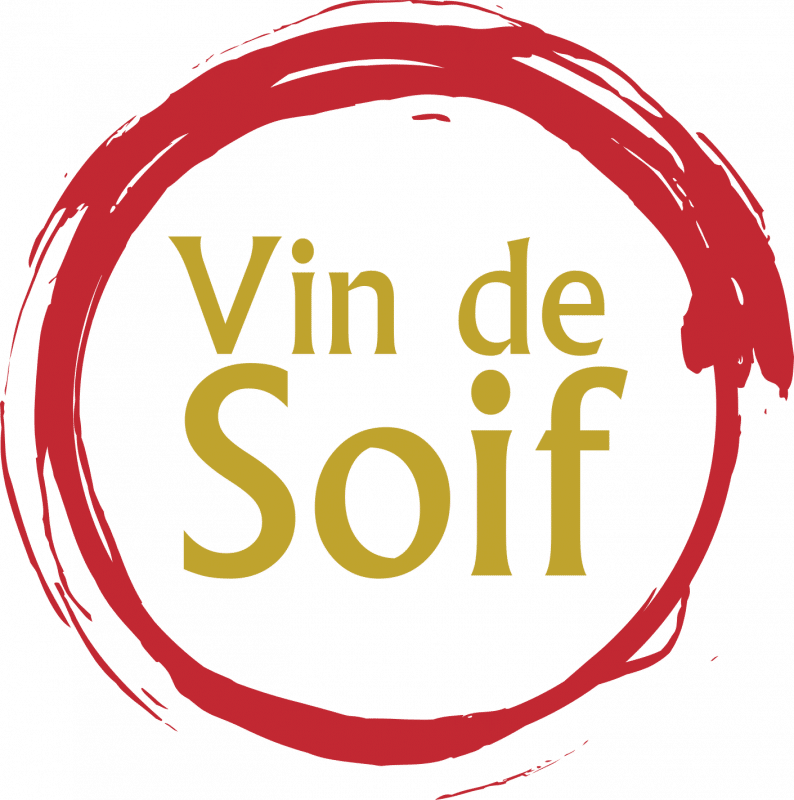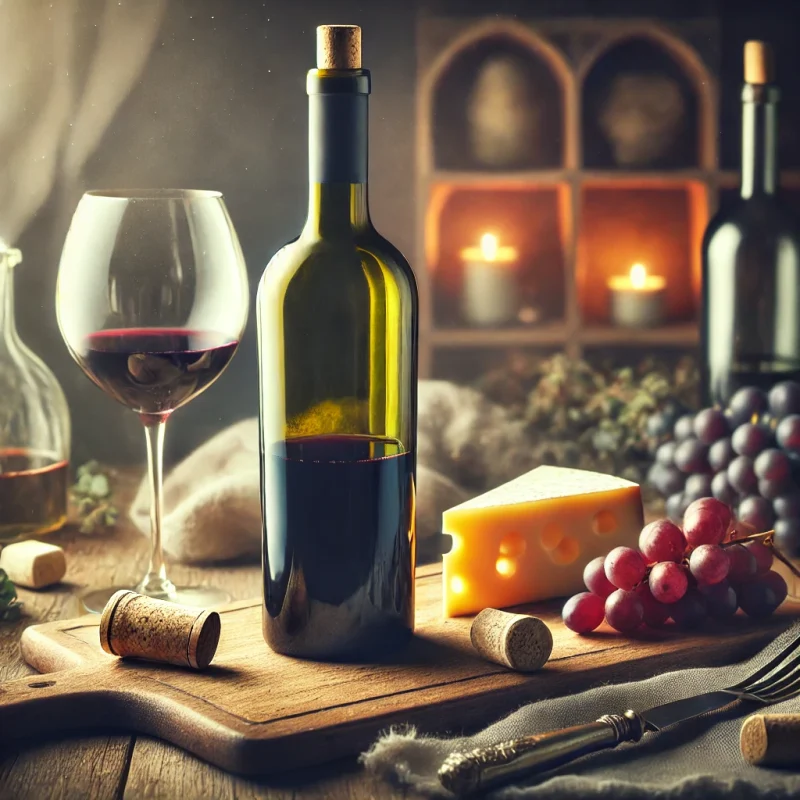Wine Education
How to Make Open Wine Last: Useful Tips to Keep Your Bottles Fresh and Flavorful
Introduction
Wine is a delicate beverage that demands attention and care, even after the bottle is uncorked. Once opened, wine begins to change, often for the worse if not properly stored. For wine enthusiasts and casual drinkers alike, understanding how to make open wine last—or rather, how to prolong the life of an opened bottle—is crucial. In this blog, we’ll explore why wine goes bad, the factors that influence its longevity, and practical tips to keep your favorite bottles fresh. By the end, you’ll know how to confidently enjoy every last drop while ensuring your wine is at its best.
Does Wine Go Bad?
Wine, much like many perishable goods, doesn’t last forever once exposed to air. The moment you uncork a bottle, oxygen interacts with the wine, beginning a process called oxidation. While a little oxygen initially enhances the aromas and flavors, prolonged exposure gradually dulls these qualities, leading to spoilage. To truly make your open wine last longer, storing it properly and consuming it within the recommended time is key.
Understanding the shelf life of opened wine isn’t just about preventing waste—it’s also about maximizing enjoyment. Whether it’s a prized vintage or an everyday table wine, knowing how to handle and store an open bottle ensures that its flavors remain as vibrant as possible for as long as possible. For an in-depth explanation of wine spoilage and oxidation, check out this guide from Wine Enthusiast.
Factors Affecting Wine Longevity
Type of Wine (Red, White, Sparkling)
Different types of wine vary greatly in how long they remain enjoyable after opening. Red wines, with their higher levels of tannins and polyphenols, tend to last longer than whites, as these compounds act as natural preservatives. White wines, particularly aromatic varieties like Sauvignon Blanc, are more delicate and lose their freshness quickly. Meanwhile, sparkling wines have the shortest lifespan once opened, as the carbonation dissipates rapidly.
For those wanting to make their open wine last longer, the type of wine plays a crucial role. Wines fortified with spirits, like Port or Sherry, have a much longer shelf life due to their higher alcohol content. Understanding these differences allows you to plan when and how to consume opened bottles to avoid disappointment.
Storage Conditions (Temperature, Light Exposure, Corking)
Proper storage is the cornerstone of extending the life of opened wine. Store opened wine in the fridge, as the chemical reactions associated with oxygen slow down the colder the temperature.
Recorking is equally important. Use the original cork, a wine stopper, or specialized vacuum-seal tools to minimize air exposure. These small steps can significantly help your open wine last longer, ensuring every glass tastes as good as the first. Learn more about proper wine storage from MasterClass.
Wine Age and Quality
The age and quality of wine greatly influence its longevity once opened. Premium, well-aged wines often have more complex structures and can endure oxidation slightly better than younger, inexpensive bottles. However, older wines nearing their peak are more fragile and may spoil faster after opening.
In contrast, mass-produced wines with added preservatives can sometimes hold up a little longer, though their flavors may lack complexity. Knowing the character of your wine will help you decide how best to store it and when to drink it to maximize its quality.
How Long Does an Open Bottle of Wine Last?”
Red Wine: 3–5 Days
Red wine typically lasts three to five days after opening if stored properly. Its natural tannins and antioxidants help slow oxidation, which can make red wine last longer than some other types. To maximize freshness, reseal the bottle with its cork or a wine stopper and store it in a cool, dark place—ideally a wine fridge or even the regular refrigerator for short-term preservation.
Full-bodied reds such as Cabernet Sauvignon or Syrah tend to retain their structure better than lighter options like Pinot Noir. However, all reds will start to lose their vibrant fruit notes and develop flat, vinegary flavors if left open too long. Understanding proper storage techniques is key to making an open wine last. For more tips, check out this guide from Wine Folly.
White Wine: 3–7 Days
White wine generally lasts three to seven days after opening, thanks to higher acidity, which acts as a natural preservative. To help your open wine last longer, seal the bottle tightly with an airtight stopper and refrigerate it upright to minimize air exposure.
Crisp whites like Sauvignon Blanc or Pinot Grigio lose their freshness more quickly than richer whites such as Chardonnay, which can maintain their flavors for several days. Proper care ensures you can enjoy your white wine to the fullest. For detailed guidance on preserving whites, you can visit Decanter.
Sparkling Wine: 1–3 Days
Sparkling wine is the most fragile of all once opened, typically lasting only one to three days before losing its bubbles. To make sparkling open wine last beyond the first day, invest in a specialized sparkling wine stopper. These stoppers create a tight seal that helps retain carbonation for an extra day or two.
Without proper tools, the signature fizz of sparkling wines like Champagne or Prosecco may dissipate within hours. This makes proper storage essential if you want to enjoy every effervescent sip.
Fortified Wine: 1–3 Weeks
Fortified wines like Port, Sherry, or Madeira stand apart due to their extended lifespan after opening. With their higher alcohol content and sometimes oxidative aging processes, these wines can last one to three weeks if sealed tightly and stored in a cool, dark place.
Fortified wines are perfect for those looking to make their open wine last for weeks, offering rich flavors that often improve with gradual oxidation. Their extended shelf life makes them an excellent choice for long-term sipping.
Other Wines
Specialty wines like rosés, dessert wines, or orange wines have variable lifespans after opening. Rosés tend to last as long as whites, while dessert wines such as Sauternes remain fresh for weeks due to their high sugar content. Orange wines, with their extended skin contact, often fall between reds and whites in terms of durability.
By tailoring storage methods to the specific type, you can make nearly any open wine last longer and maintain its quality.
3 Signs of Spoiled Wine
Changes in Smell
One of the clearest signs that your wine has spoiled is a noticeable change in its aroma. Fresh wine often exudes fruity, floral, or earthy scents, depending on the variety. Spoiled wine, however, may emit unpleasant odors such as vinegar, nail polish remover, or wet cardboard. These smells indicate oxidation, bacterial spoilage, or exposure to contaminants.
To avoid drinking spoiled wine, always give your wine a quick sniff before pouring a glass. Understanding these aroma shifts is key to enjoying every bottle and ensuring your efforts to make an open wine last have paid off.
Changes in Taste
A sip of spoiled wine will immediately reveal its decline. Instead of bright, balanced flavors, the wine may taste sour, overly acidic, or flat. In red wines, fruit flavors may have disappeared, leaving an unpleasant bitterness. Whites can develop a sharp tang or metallic taste when spoiled.
If the flavor profile feels off, it’s best to discard the wine. Knowing when a wine has gone bad ensures that your open bottles meet your expectations, no matter how long you’ve tried to make your open wine last.
Changes in Appearance
Visual cues can also signal when wine has spoiled. For instance, red wine may develop a brownish tint due to oxidation, while white wine may turn darker or cloudy. Sediment buildup isn’t always a sign of spoilage but could indicate age or improper storage.
Check for signs of bubbling in still wines—this could mean unintended fermentation has begun. By keeping an eye on these visual changes, you can better determine if your efforts to preserve your open wine last have been successful.
Storage Tips for Opened Wine
Best Practices for Corking and Sealing
Recorking your wine correctly is one of the simplest ways to preserve its freshness. Always use the original cork if possible, placing the clean side back into the bottle. For a more secure seal, invest in wine stoppers designed for a tight fit. Vacuum pumps are another excellent option, as they remove excess air from the bottle, slowing oxidation.
Taking these steps ensures your open wine lasts longer and retains its intended flavors. For additional tips, explore Wine Storage Essentials.
Ideal Storage Temperature and Environment
Temperature is critical for preserving the quality of opened wine. Always store in the fridge, because the colder temperatures in the fridge slow down chemical processes associated with oxidation.
Storing the bottle upright minimizes the wine’s contact with air, reducing oxidation. Creating the right environment is key to ensuring your open wine lasts as long as possible without sacrificing taste.
Use of Wine Preservation Tools
For wine enthusiasts, preservation tools can be a game-changer. Vacuum pumps remove air from the bottle, while inert gas systems replace oxygen with a protective layer of gas, significantly slowing spoilage. Stoppers specifically designed for sparkling wine help retain bubbles for an extra day or two.
Alternatively, new systems such as Coravin allow enthusiasts to extract wine from a bottle without pulling the cork. This works by inserting a needle through the cork, drawing out wine and replacing it with argon gas. Theoretically, this extends the enjoyment of a bottle even longer, though in my experience wines usually begin to degrade after a couple of weeks. They certainly do not last for years as advertised by the supplier.
Investing in these tools not only extends the life of your wine but also enhances your overall experience. If you’re serious about making your open wine last, consider adding these gadgets to your wine toolkit. You can find some useful stoppers in this article from The Spruce Eats.
Conclusion
Properly storing wine after opening is an essential skill for any wine enthusiast. By understanding how to prevent spoilage and make your open wine last, you can extend the enjoyment of every bottle. From recognizing the signs of wine going bad to using effective storage techniques and preservation tools, these small adjustments can have a big impact on both flavor and longevity.
Whether you savor a glass of red, white, or sparkling wine, the key to maximizing its potential lies in proper care. You can contact us for more tips on wine storage, preservation tools, and how to enjoy wine at its peak, or explore the resources available at Vin de Soif.
Love wine as much as we do? Visit Vin de Soif’s shop to discover a curated selection of wines and wine accessories to enhance your enjoyment.

